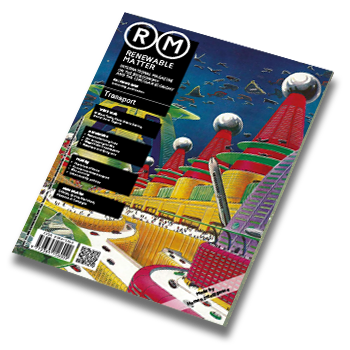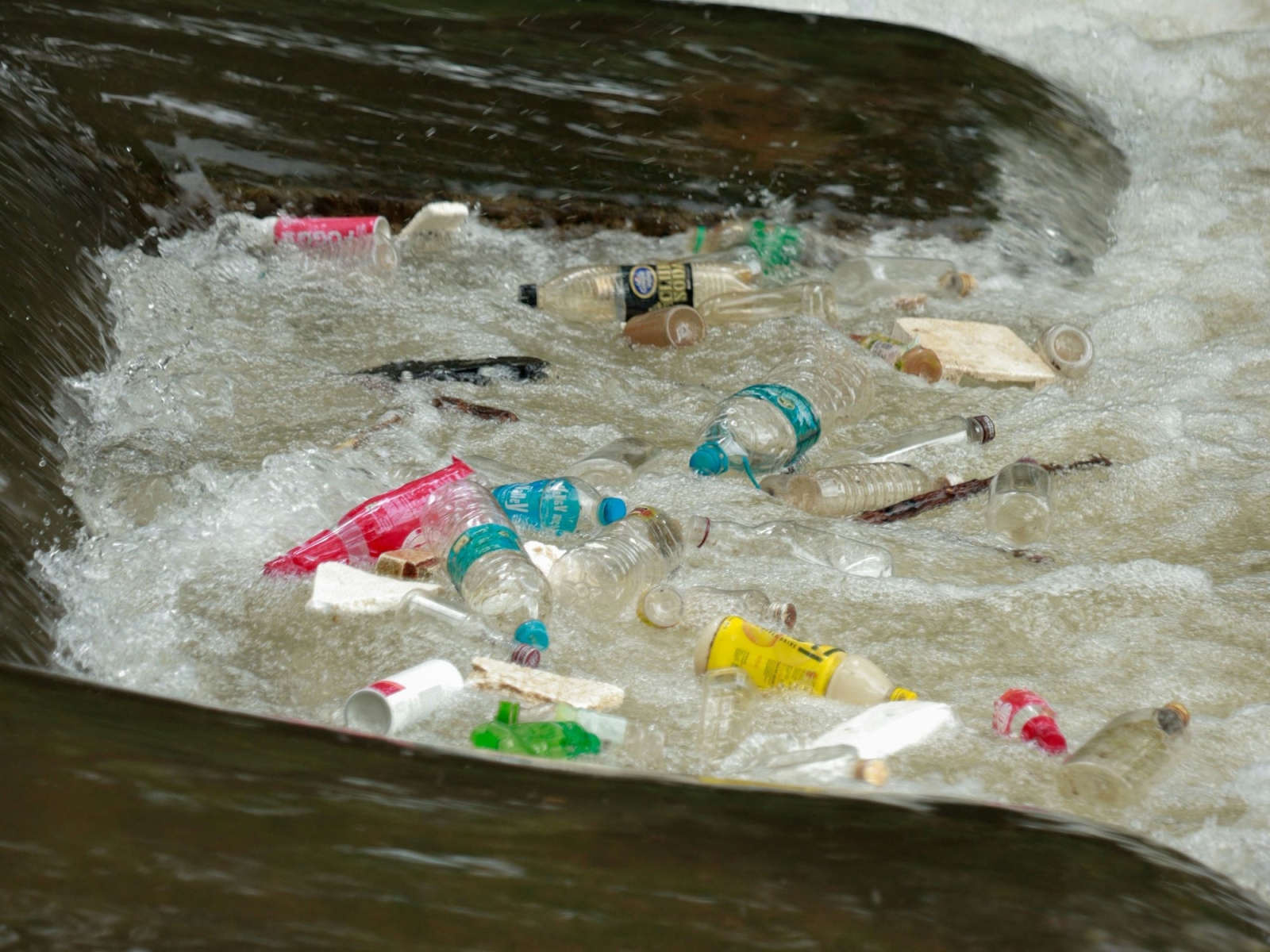Plastic pollution is one of the most serious problems in today’s world, because of the growing production and difficulty of disposing of this material. Now a study reveals which are the most responsible companies of this pollution at a global scale. In fact, 56 companies are responsible for 50% of the world's plastic pollution, of which the top five are The Coca-Cola Company (11%), PepsiCo (5%), Nestlé (3%), Danone (3%) and Altria-Philip Morris International (2%).
The study, entitled Global producer responsibility for plastic pollution, was conducted by an international research team and published on Wednesday 24 April in Science Advances. The data, collected over a five-year period (2018-2022), came from 84 countries.
The study and the plastic pollution collection
The study was conducted in collaboration with the Break Free From Plastic coalition, an international team of volunteers who collected and surveyed more than 1,870,000 pieces of plastic waste over five years. “Brand audit events of Break Free From Plastic are conducted by going to a location where there's some trash and cleaning up all the ones that they see, and then they will characterize the brands on the plastic trash”, explains to Renewable Matter Win Cowger, lead author of the study and research director at the Moore Institute for Plastic Pollution Research, Long Beach, California.
Data collected by Break Free From Plastic are summarised in a report published every year. Already Cogwer has collaborated with this volunteer’s group and he knows their data collection methods, which he defines “really good”. Although some countries are still missing from the list, Cowger explains, this collaboration has allowed the authors of the study to have such a large amount of data that the research has had global resonance.
Those who produce more pollute more
The study shows an interesting parallel: there is in indeed a linear relationship between the percentage of material produced annually and the percentage of identified waste belonging to the same company. This relationship is valid everywhere, despite the individual differences between the states examined. Cowger comments: “This is the thing that surprised me the most. We basically found that there was a 1 to 1 relationship between plastic production and plastic pollution. And you really don't see 1 to 1 relationships very often in environmental research.”
The consequences of this discovery prove that to reduce plastic pollution, it is essential to reduce plastic production. Comments at Renewable Matter Tony Walker, another author of the study and Professor at Dalhousie University, Canada: “So we do need better waste management solutions. But at the same time, we need to reduce that production and we need to manage that production. Well, now we know those larger companies have an incredibly high responsibility for helping solve this pollution problem as opposed to single taxpayers for waste management. The responsibility also lies with the producer.”
On the other hand, explains Cowger, the fact that trends are so easily detectable at is a positive factor, as it is transparency of the data reported by the companies, as well as the adequacy of the methodology applied in the collection and classification of products by the volunteer groups.
The answer from the companies
Within the unexpacted results, according to Walker, there is that the firms which are responsible for half of the world’s pollution are just 56. Thanks to this research it is clear that “only a handful of firms or big corporations are responsible for all of that packaging or most of that packaging” comments Walker. “And so, you know, governments and international communities now know where to look, in order to attribute responsibility”.
Some of these companies, especially the ones in the top 5 of biggest polluters, provided a reply to the study. In particular, The Coca-Cola Company reiterated to the Guardian their commitment to pledged to make 100% of its packaging recyclable globally by 2025, and to use at least 50% recycled material in packaging by 2030. Also to the Guardian, Danone reiterated its intention to reduce its plastic footprint by focusing on recycling efficiency: “Between 2018-2023 we reduced our plastic use by 8% equivalent to 62 000 tons and increased the recyclability of our packaging (84% of our packaging is recyclable, reusable or compostable). We continue to support and push for improved collection and recycling infrastructures to help consumers recycle.”
PepsiCo told The Washington Post that it supports a global policy framework to tackle plastic pollution, emphasising its work in building a circular model to recycle its product packaging. Nestlé said it aims to reduce the use of new plastic by a third and incorporate more recycled content into its packaging.
On the other hand, the harshest reaction came from Altria, a US industrial group mainly engaged in the tobacco sector. According to what Davien Anderson, a spokesman for Altria, told The Washington Post, “Altria reviewed the study and believes it is fundamentally incorrect regarding our company. The study includes data from more than 80 countries, yet Altria’s cigarette company Philip Morris USA, only operates in the US.” For Cowger, “The idea that products created by a company in a specific country only stay within the countries that create them is unsupported”. Walker adds: “We feel that the data is robust. We feel that the methodology was well applied. We followed strict protocols. The analysis was really rigorous, and there was so much data and it was so overwhelmingly convincing. So, I just think they are annoyed because we highlighted them within the branded items.”
Unidentifiable brans and possible developments
Both to verify that the claims made by companies about their future intentions are true and to continue monitoring plastic pollution, Walker explains that further research will be needed. “Monitoring a corporation's change in its practices is essential in order to evaluate or assess whether the new approach is working or not. We need that ongoing monitoring. And so I think a study like this now we have a great methodology. I'd love to be part of another study like this, to collect data to see if these policies are working.”
Another possible future field of research, adds Cowger, is to downscale and make further investigation of data from individual countries. “We could see some producers having more or less contribution to the pollution there. And maybe those countries have different policies in place that are helping to combat the pollution.”
But the left 50% of items were not identifiable. The research calls for the development of international standards on the marking of packaging to facilitate its identification. Cowger comments: “If we want to carry on this project, we really want to have less unbranded trash to deal with, because that's like a big uncertainty. I think this calls for better branding on products that can last the weathering and stuff that happens to trash when it gets in the environment, maybe even making materials that are identifiable or that help to identify a product back to its parent company”.
This article is also available in Italian / Questo articolo è disponibile anche in italiano
Image: Unsplash



